5 expert ways to ventilate your home this winter without increasing your energy bills
Want your indoor air to be fresher without your utility bill going up? It can be done, our pros say


As the weather cools and we turn the heating on, many of us begin struggling with air that, while warm, can feel stale and unhealthy. I, for one, always feel like opening the window after being in a room that feels stuffy for any length of time.
However, having the window open with the heating on will cost you, literally. Depending on how well-insulated your home is, you’ll start losing heat very quickly, especially in climates that have very cold winters. Yes, you’ll have fresher air, but it’ll also be cold, so you’re essentially wasting energy trying to heat your home back up after ventilating.
So, how do you improve ventilation in your home in winter without increasing your energy bills? We’ve asked HVAC experts for their top tips.
How to ventilate your home without increasing your energy bills
1. Don’t be afraid open windows for short periods
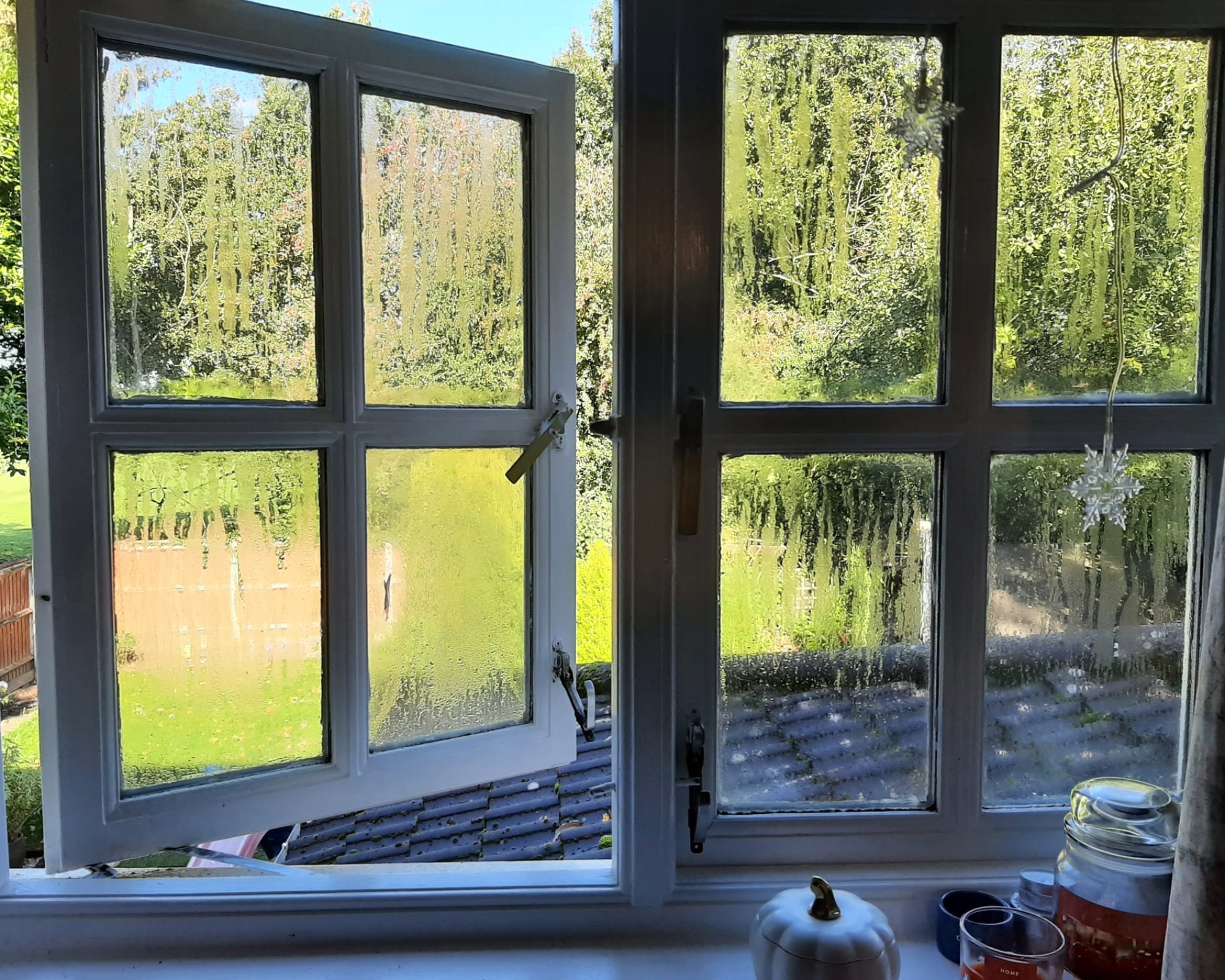
There’s good news for those of us who like the simplicity of opening the window. You can do this without racking up your energy bills, but you have to keep it brief. Lucy Arnold, Service and Maintenance Manager at PRA Air Conditioning, says, ‘It is a good idea to open your windows wide for about five minutes instead of leaving trickle vents open for extended periods.’
The reason that the short-burst ventilation technique works better is that ‘these short bursts of intense ventilation allow for rapid air exchange and refresh the air without allowing the walls and flooring to cool down too much.’
Any home feels colder when the floor or walls are cold, so avoid creating a prolonged draft that’ll cool down these surfaces excessively.
One of our writers tested four methods to stop condensation on her windows and opening them briefly and regularly was the clear winner.
Employing dehumidifying blocks also worked nicely in tandem.
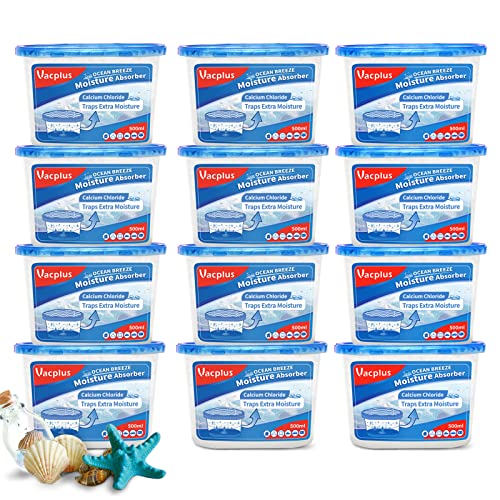
Place these dehumidifying blocks in rooms with higher moisture levels such as bathrooms, kitchens or bedrooms that are in use as they will help reduce humidity in tandem with short bursts of fresh air from open windows.
2. Switch your bedroom ceiling fan to clockwise

Another dilemma people face in winter is sleeping in a bedroom that’s warm but stuffy versus leaving the fan on and feeling cold and uncomfortable. What a lot of people don’t know is that you can still ventilate your bedroom in winter using your ceiling fan. You just need to switch the direction of the blades to clockwise.
Setting your ceiling fan to clockwise pushes warmer air down into the room. So, you’re still getting good air circulation, but you shouldn’t feel too cold.
3. Have your existing HVAC system serviced
If the warm air that enters your indoor environment smells stale or dusty, or even worse, moldy, you need to have your whole system inspected by a professional. Brad Roberson, the president of Aire Serv and an expert HVAC technician with decades of experience, recommends having your HVAC system serviced ‘at least annually.’
Ductwork should be inspected ‘for signs of leaks or indications of mold’, and if the system contains air filters, these should be changed ‘every 30 to 90 days, depending on the needs of the homeowner.’ According the U.S. Department of Energy, simply ‘replacing a dirty, clogged filter with a clean one can lower your air conditioner's energy consumption by 5% to 15%.’
An HVAC system that is leaking or has accumulated too much dust and debris will not run at peak efficiency, which will raise your energy bills. Your home will also suffer from poor air quality which will cause you to open the window more often.
Learn more about spotting the signs of mold in your home early.
4. Install an heat recovery ventilator
If you’re ready for a more permanent solution to improving ventilation while cutting your energy bill, a heat recovery ventilator is your best bet. Allen Rathey, Director at Indoor Health Council, explains that heat recovery ventilators ‘utilize a heat exchanger which in winter allows the warmth from the stale outgoing indoor air to be transferred to the incoming cooler air.’
Like air conditioning units, HRVs work throughout the year; in the summer, they ‘transfer cooler outgoing air to incoming warmer outdoor air.’ Bear in mind that there is an initial cost with these units, of around $2,000 with installation. For long-term energy savings and improved air quality, however, they are well worth the investment.
You can also consider an ERV (energy recovery ventilator); it's very similar to a heat recovery ventilator, but it will transfer moisture as well as heat. This is great if you'd like to balance humidity levels as well as improve ventilation.
Learn more on how to balance airflow in your home for optimum ventilation and heating benefits.
5. Be strategic about opening and closing doors
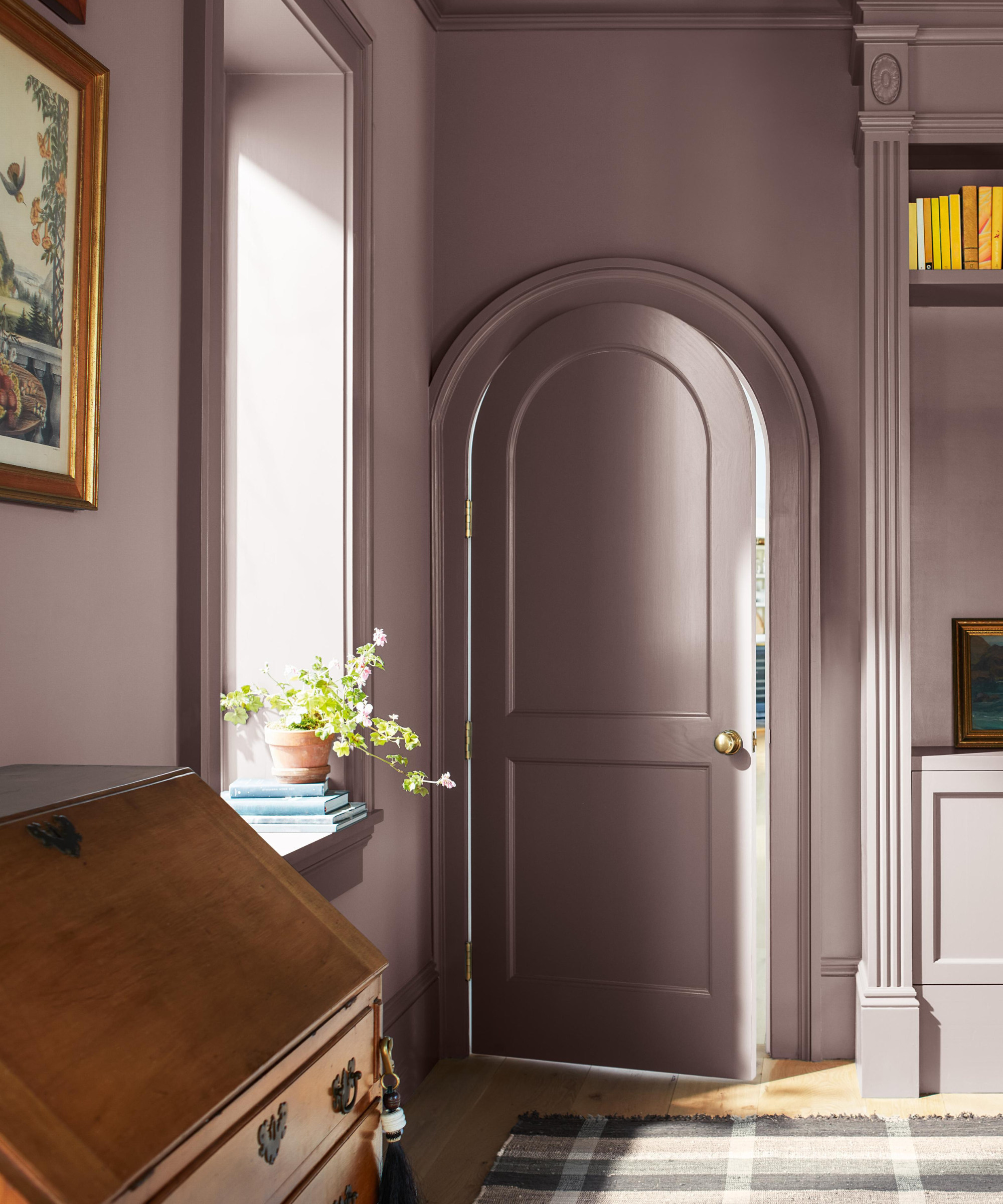
It’s not all about windows and vents, though. Whether you keep doors to individual rooms open or closed has a big effect on the quality of indoor air, especially when the heating is on. Have you ever noticed how stuffy the air gets in a bedroom with the door closed?
If you want to improve ventilation in your home without it costing you anything extra in heating, consider opening all the doors that connect all the spaces you are using at that particular time.
Max Veggeberg, the CEO and Founder of Tetra, recommends keeping ‘interior doors in frequently-occupied areas open to ensure maximum airflow throughout the home. On the other hand, if you have a certain room that will be unused in the winter, ‘keep that door closed to keep the warm air in the necessary rooms.’
FAQs
Do trickle vents increase energy bills?
You may have seen advice to install trickle vents on your windows to improve ventilation in winter. You may be wondering if they will increase your energy bill. The truth is that, yes, they will. Yours truly has lived in a house with trickle vents and they do make a house lose heat. You also won’t be able to control how much cold air gets in: if it’s windy, you will get more.
Trickle vents are worth it for people who really like their fresh air but don't like sleeping with the window open in winter. You can have one installed on your bedroom window if you don’t put the heating on at night and can keep the bedroom door closed throughout the day. Other than that, purely from the energy-saving perspective, they’re not the best idea.
The answer to whether it's possible to ventilate your home and not get higher utility bills, is a reassuring yes with these six tips. Depending on your budget and preference, you can either go for a heat recovery ventilator, or just be strategic with when and for how long your open your windows. And don't forget to keep your HVAC system in good repair as that will always save you on bills in the long run.
Sign up to the Homes & Gardens newsletter
Design expertise in your inbox – from inspiring decorating ideas and beautiful celebrity homes to practical gardening advice and shopping round-ups.

Anna is a professional writer and academic. She taught English Literature for several years before joining Future where she wrote for Real Homes, Homes & Gardens and Livingetc for four years. She is a regular contributor for Parade Home, BiggerPockets, and many other publications. In her spare time, Anna enjoys hiking and gardening.
-
 Barbra Streisand spotted a 'little miracle' on her garden's rose bush – landscaping experts say you can grow her 'joyful' flowers on a smaller scale
Barbra Streisand spotted a 'little miracle' on her garden's rose bush – landscaping experts say you can grow her 'joyful' flowers on a smaller scaleThe singer's rose bushes are among the most abundant and beautiful we've seen this year – with the right advice, you can follow her example
By Megan Slack
-
 ALDI just restocked their smart-looking $4.99 self-watering planters for small container gardens, and it's the ideal solution for plant serial killers
ALDI just restocked their smart-looking $4.99 self-watering planters for small container gardens, and it's the ideal solution for plant serial killersThese highly-rated planters are perfect if you are time-poor, a novice gardener, or a frequent short-haul traveler
By Jennifer Ebert
-
 Why does my house feel damp? Experts reveal the 7 common reasons, risks and fixes to apply right now
Why does my house feel damp? Experts reveal the 7 common reasons, risks and fixes to apply right nowIf your house smells musty, there might be underlying damp to sort out
By Sophie Warren-Smith
-
 Do you have condensation on the outside of your windows? This simple rule of thumb determines if it's normal, or a sinister warning sign
Do you have condensation on the outside of your windows? This simple rule of thumb determines if it's normal, or a sinister warning signHVAC pros share expert insight
By Ciéra Cree
-
 HVAC pros reveal 2 'Goldilocks' ranges for the ideal room temperature in bitter winter – it differs from day to night, and room to room
HVAC pros reveal 2 'Goldilocks' ranges for the ideal room temperature in bitter winter – it differs from day to night, and room to roomKeeping rooms at the right temperature is vital for comfort and efficiency
By Ciéra Cree
-
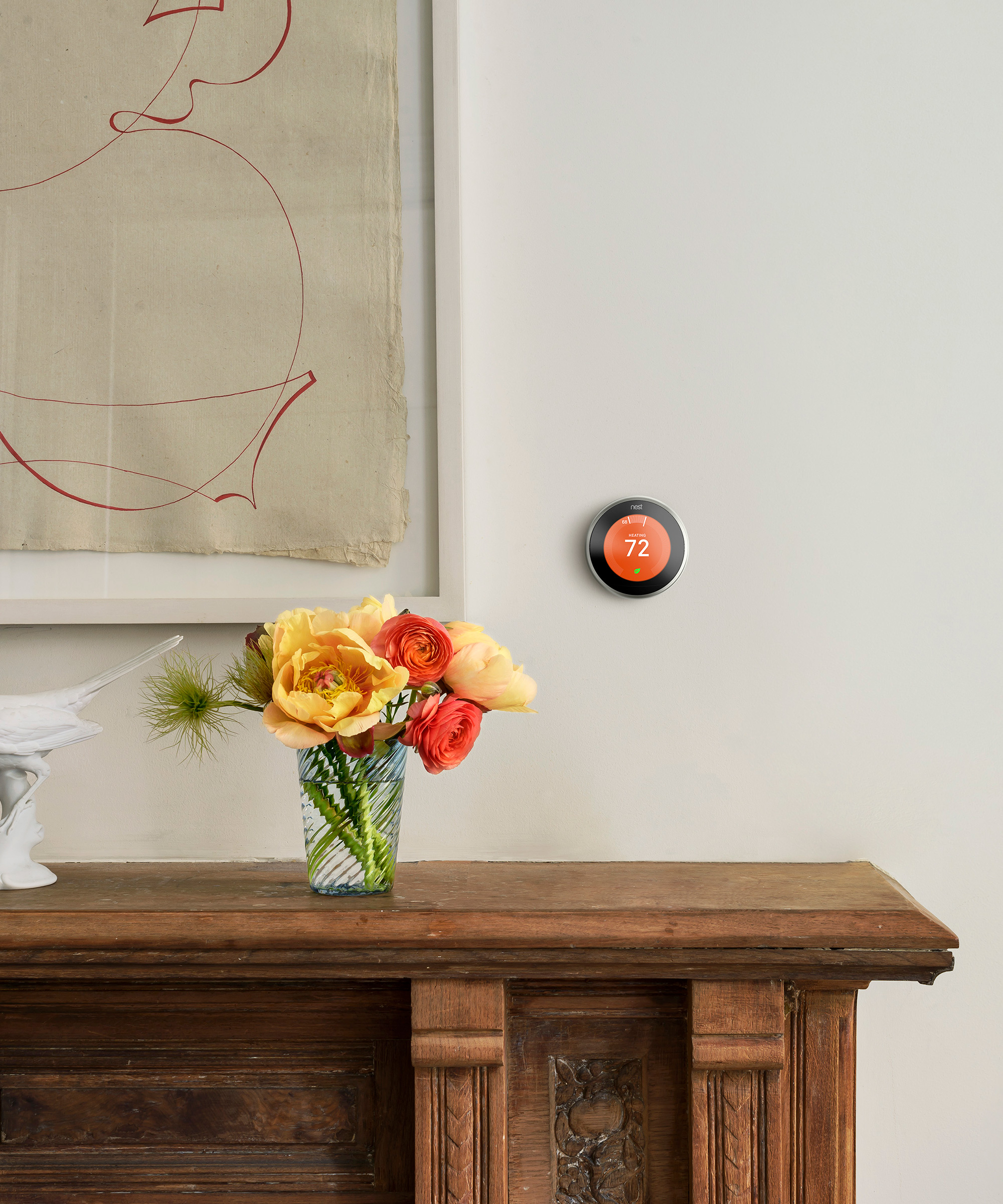 HVAC pros say this is the most efficient heating schedule to keep you warm at home all day – and why automating it is the best move
HVAC pros say this is the most efficient heating schedule to keep you warm at home all day – and why automating it is the best moveThere’s no one-size-fits-all – here’s how to tailor heating to your home
By Chiana Dickson
-
 How dust and dirt increases your energy bills – plus 5 ways HVAC pros deal with it to cut costs
How dust and dirt increases your energy bills – plus 5 ways HVAC pros deal with it to cut costsThese cleaning tips could save you hundreds
By Chiana Dickson
-
 Is your house heating unevenly? HVAC pros reveal 5 common reasons, plus their top tricks for consistent heating throughout your home
Is your house heating unevenly? HVAC pros reveal 5 common reasons, plus their top tricks for consistent heating throughout your homeEliminate hot and cold spots with these fixes
By Chiana Dickson
-
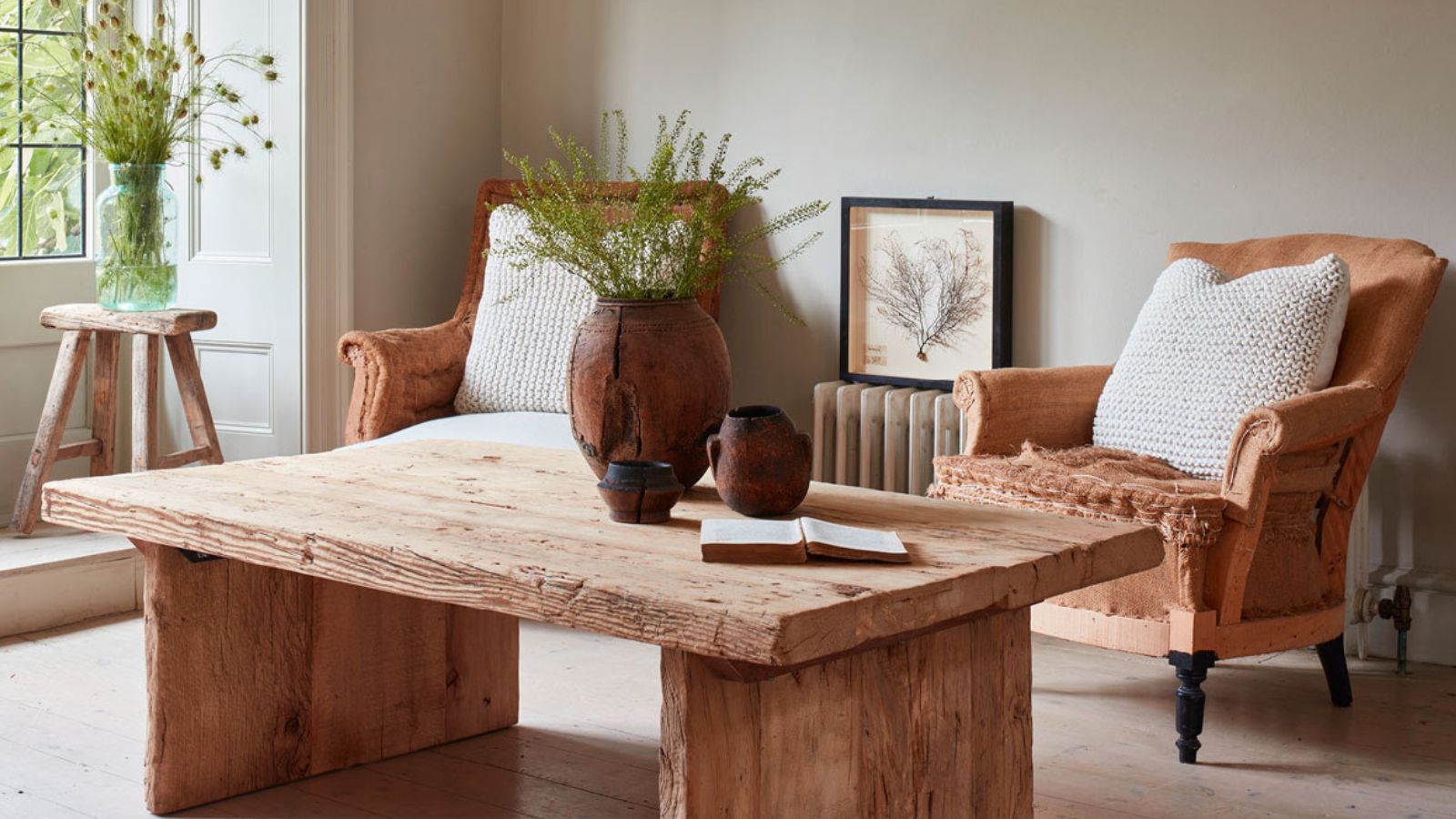 What is a zoned heating HVAC system? We get the lowdown from the pros
What is a zoned heating HVAC system? We get the lowdown from the prosThis expensive addition could actually save you money
By Sophie Warren-Smith
-
 I spent years trying to combat window condensation – then a simple dish-soap trick turned out to be the key all along
I spent years trying to combat window condensation – then a simple dish-soap trick turned out to be the key all alongThe dish soap condensation hack takes five minutes to do, is oh-so effective, and cleaning pros love it
By Eve Smallman